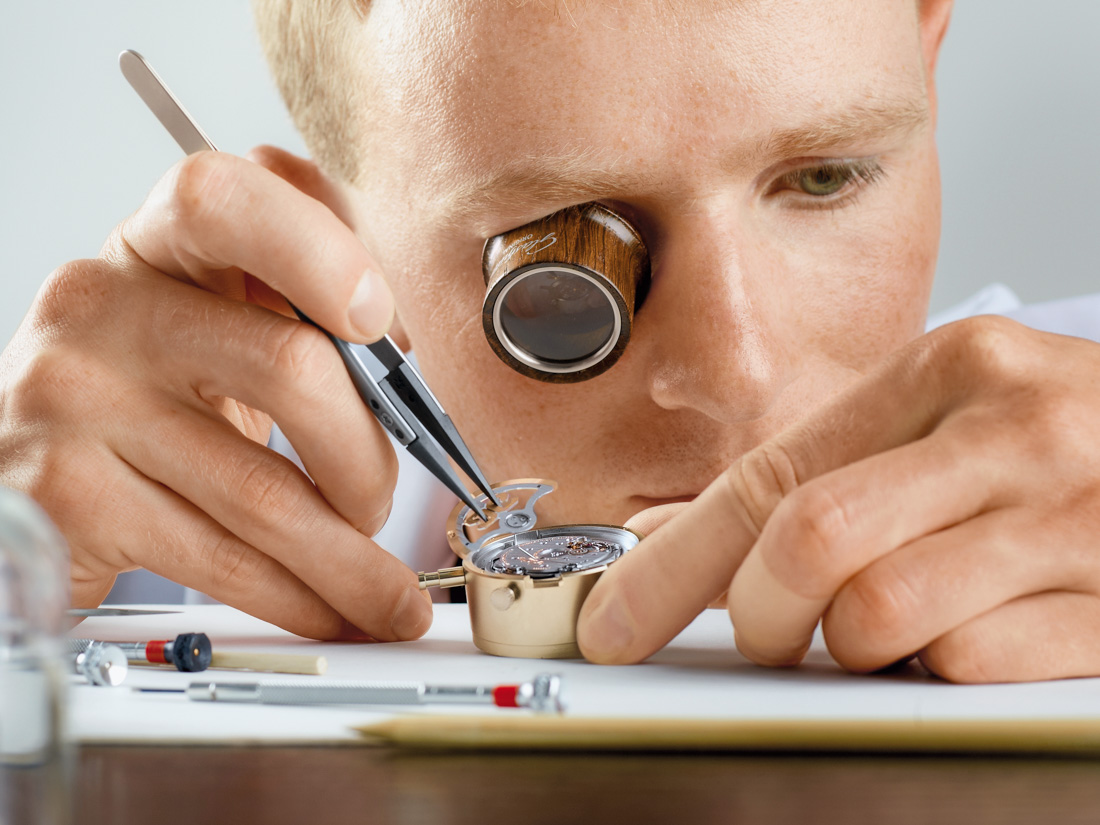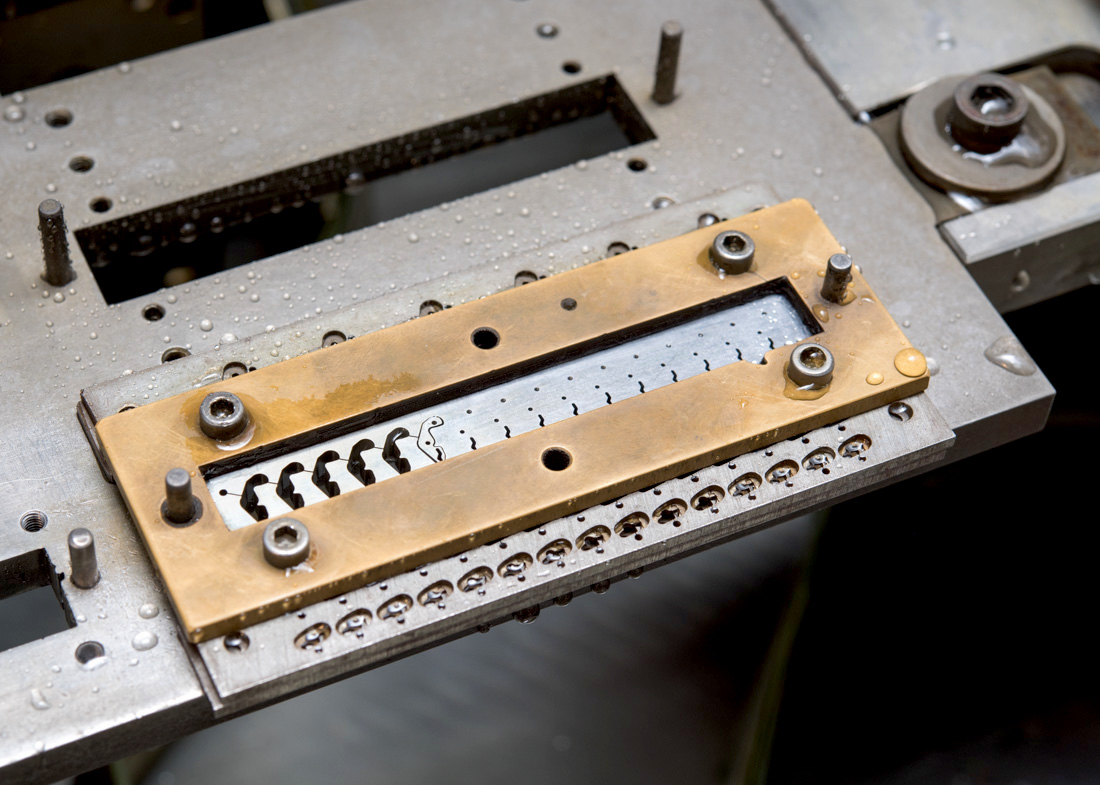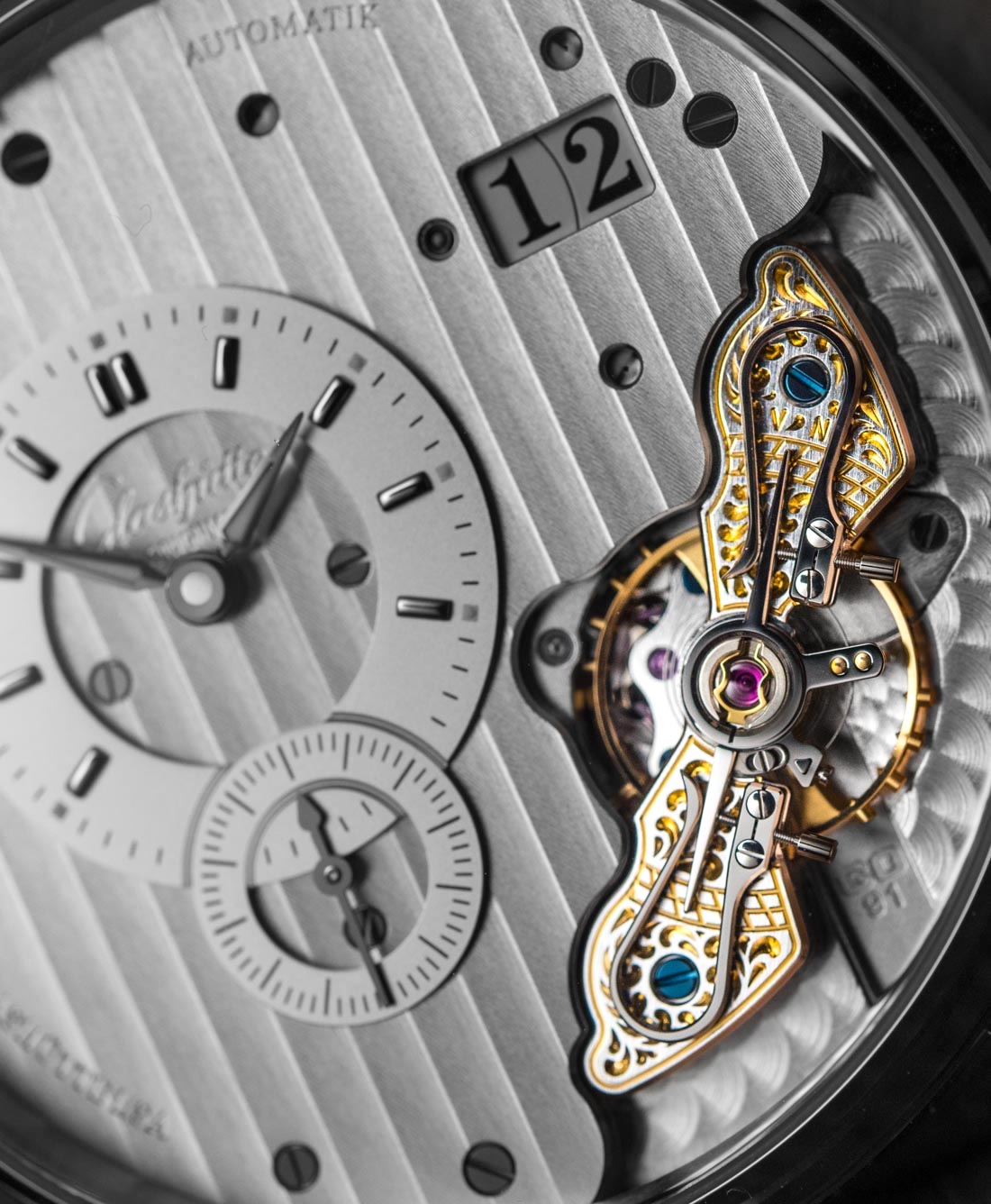 Special aBlogtoWatch Content For Glashütte Original
Special aBlogtoWatch Content For Glashütte Original
Glashütte Original is one of only a handful of true watch manufactures in modern watchmaking, boasting the capacity and dedication not only to design, produce, decorate, and assemble its watches in-house, but also to craft its dials, make its own manufacturing tools, and train the next generation of watchmakers.

First, let us note that we will discuss at length the fascinating history of Glashütte Original and Saxon watchmaking in an upcoming feature article. For now, we’ll just cover the basics by saying that the latest chapter of Glashütte Original’s history began after Germany’s reunification when, first, GUB was renamed Glashütter Uhrenbetriebe GmbH in 1990, and then in 1994, the brand name Glashütte Original was registered. Finally, since October 2000, the company has been a part of the Swatch Group, and with the affiliation of the group, a new era of Glashütte Original began.

The main entrance of the Glashütte Original Manufacture – home to a staff of 750 tool- and watchmakers, engineers, designers, historians, teachers, and students.
Some 40 minutes out of Dresden, after passing green meadows and grazing cows, one might not expect to find the German center of watchmaking. Coming from silver mining, the little town of Glashütte in the Ore Mountains, in East Germany, today is home to 9 different watch manufactures in total who produce their watches in Glashütte – virtually all of them are next door neighbors, each helping to extend the watchmaking history of the town into the 21st century. With its 750 employees and ultra-modern, four-story building, Glashütte Original is one of the largest watch manufactures not just in the city, but in Germany as well.
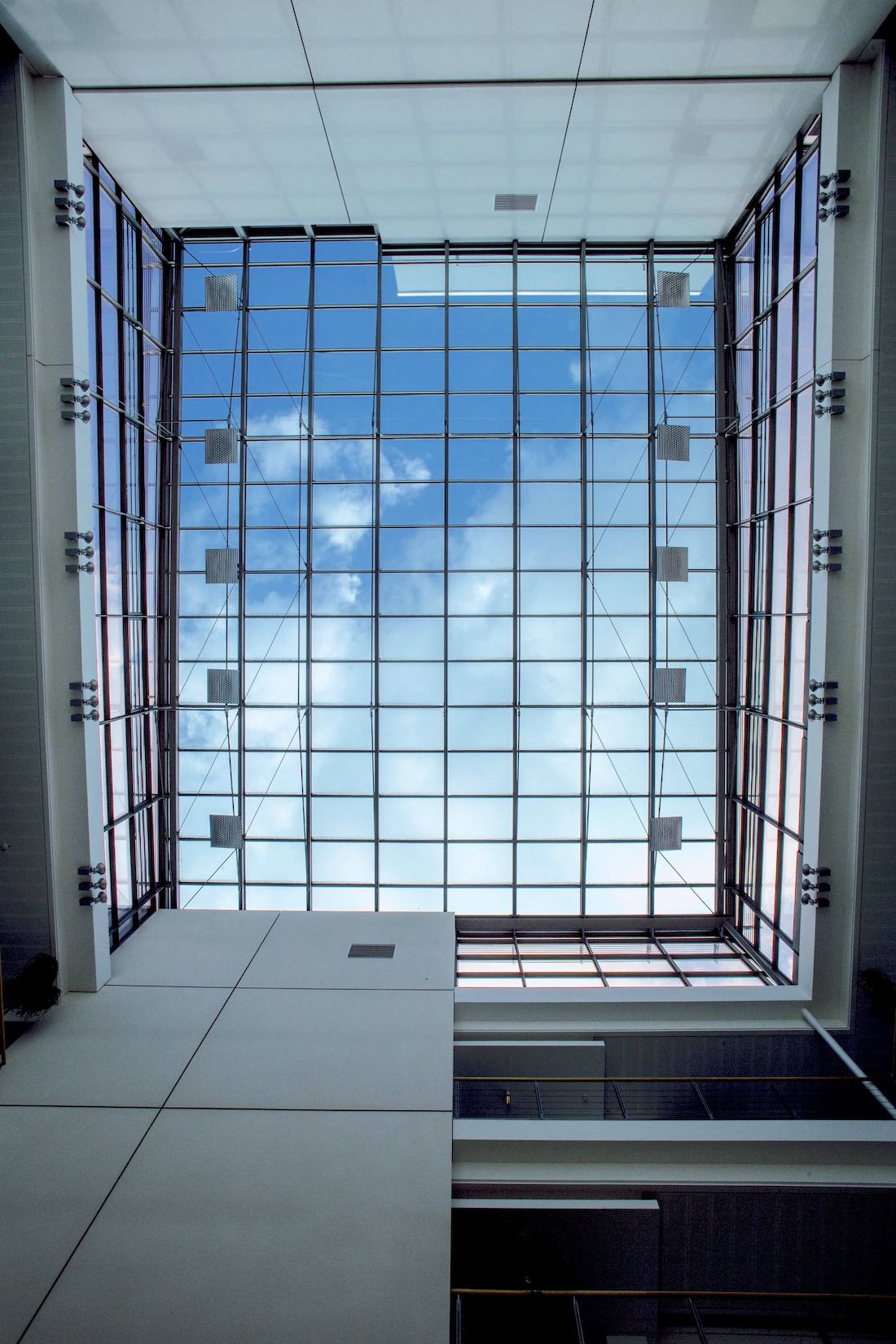
What renders Glashütte Original unique is not just the level of its vertical integration – more on that in a moment – but the extent of its transparency. Glashütte Original offers free public tours of the facility where visitors are invited to walk along what the brand likes to call the “Learning Path.”

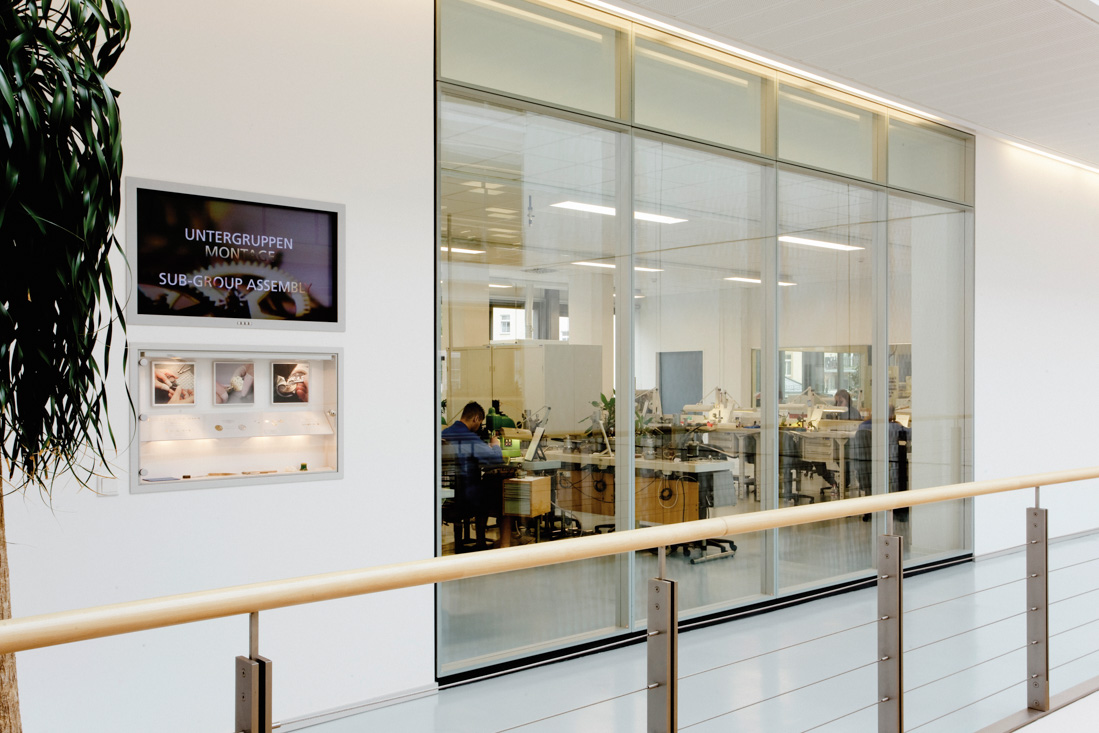
Visitors on the public tours of the manufacture can look into almost all departments on every floor of the manufacture through glass walls.
Visitors can, thanks to the huge glass walls, have a unique look into every major department on every floor of the manufacture, screens with educational and insightful videos explaining the duties of said departments, as well as windows of manufacturing samples to help illustrate the work performed in the respective department.
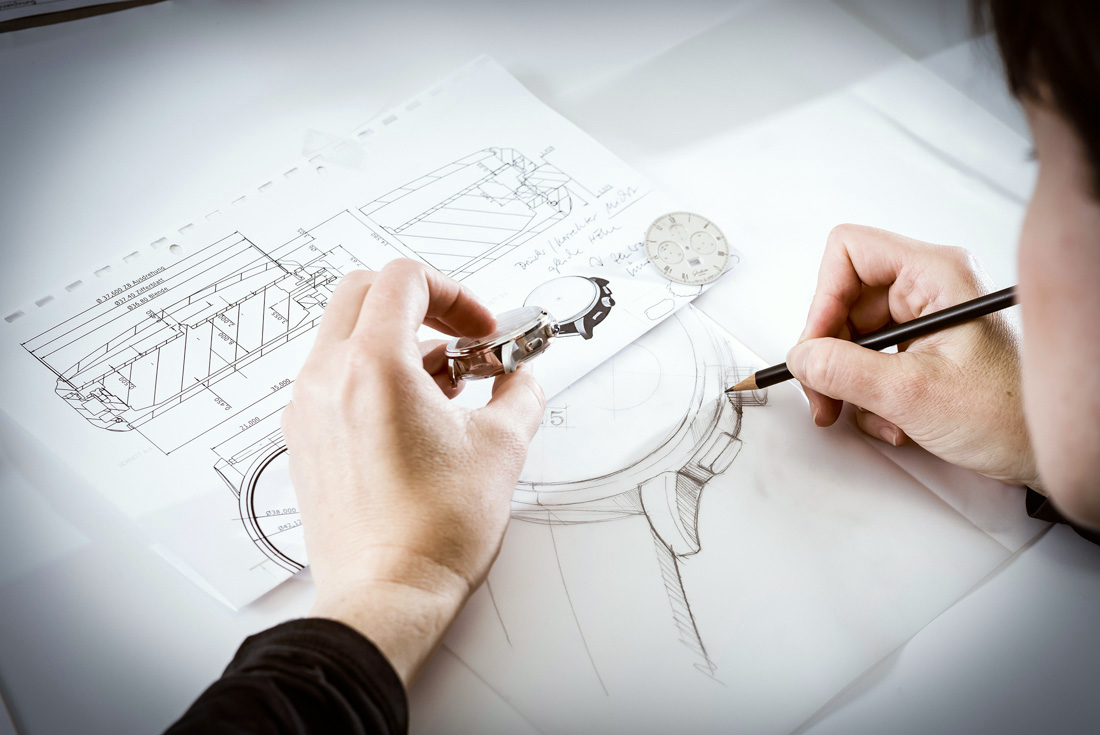
The Design and Prototype Department is one of the very few rooms that lack such glass walls – as fascinating as it could very well be, products to be debuted up to several years from now are under in-house development here and hence are and shall remain safely guarded secrets until their official premiere.
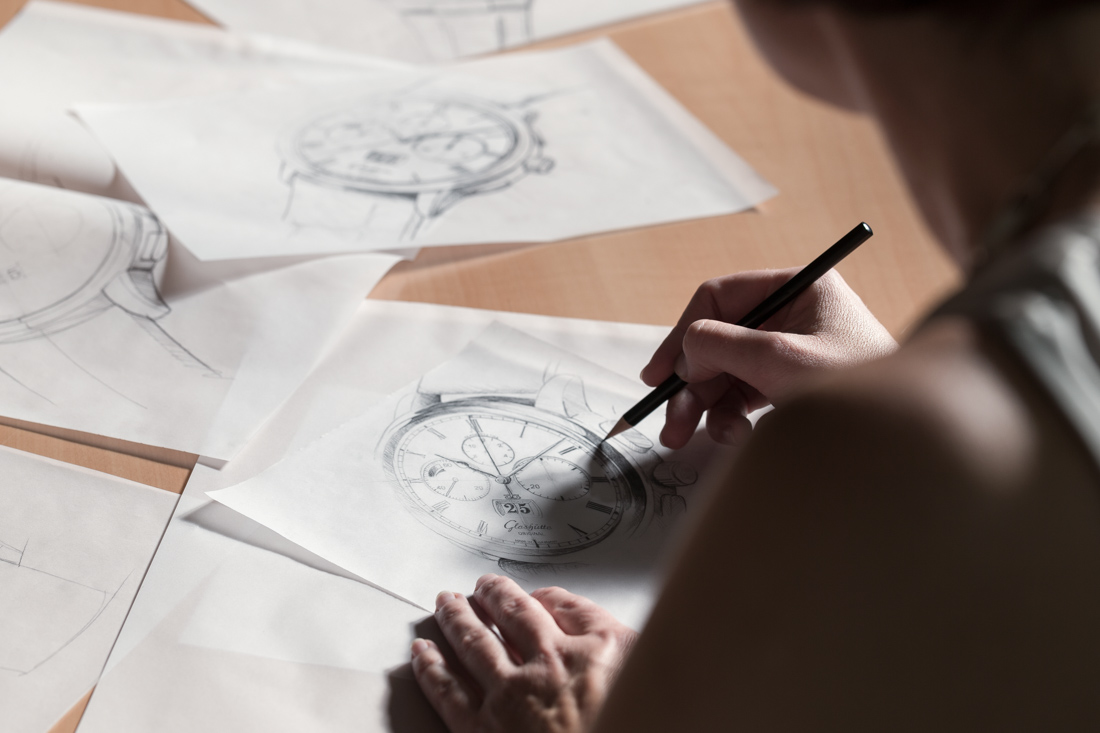
All Glashütte Original timepieces are designed and developed exclusively and fully in-house, a process that includes the conception of the manufacture movement with every single function and component, the dial, the shape and material of the case, and even the strap. This process itself is already highly integrated in the sense that the respective departments are closely involved in the development process from the get-go.
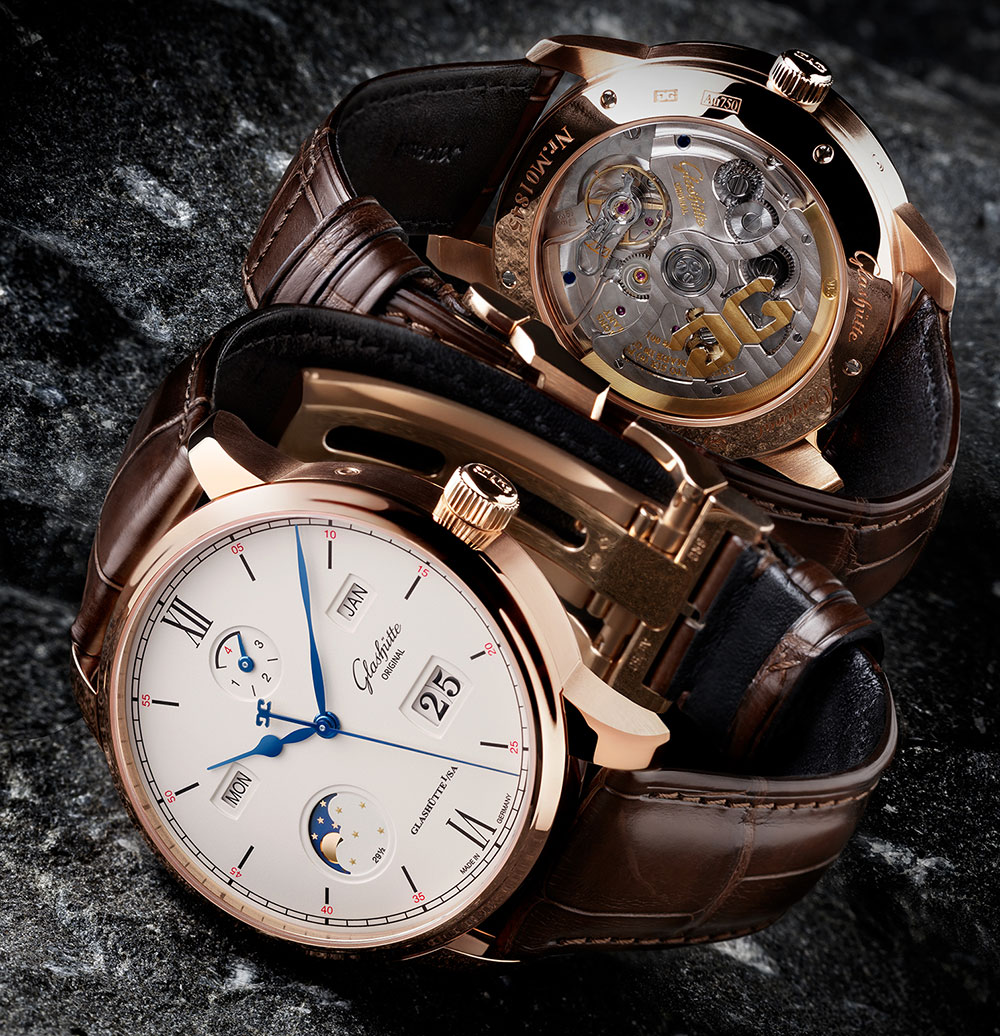
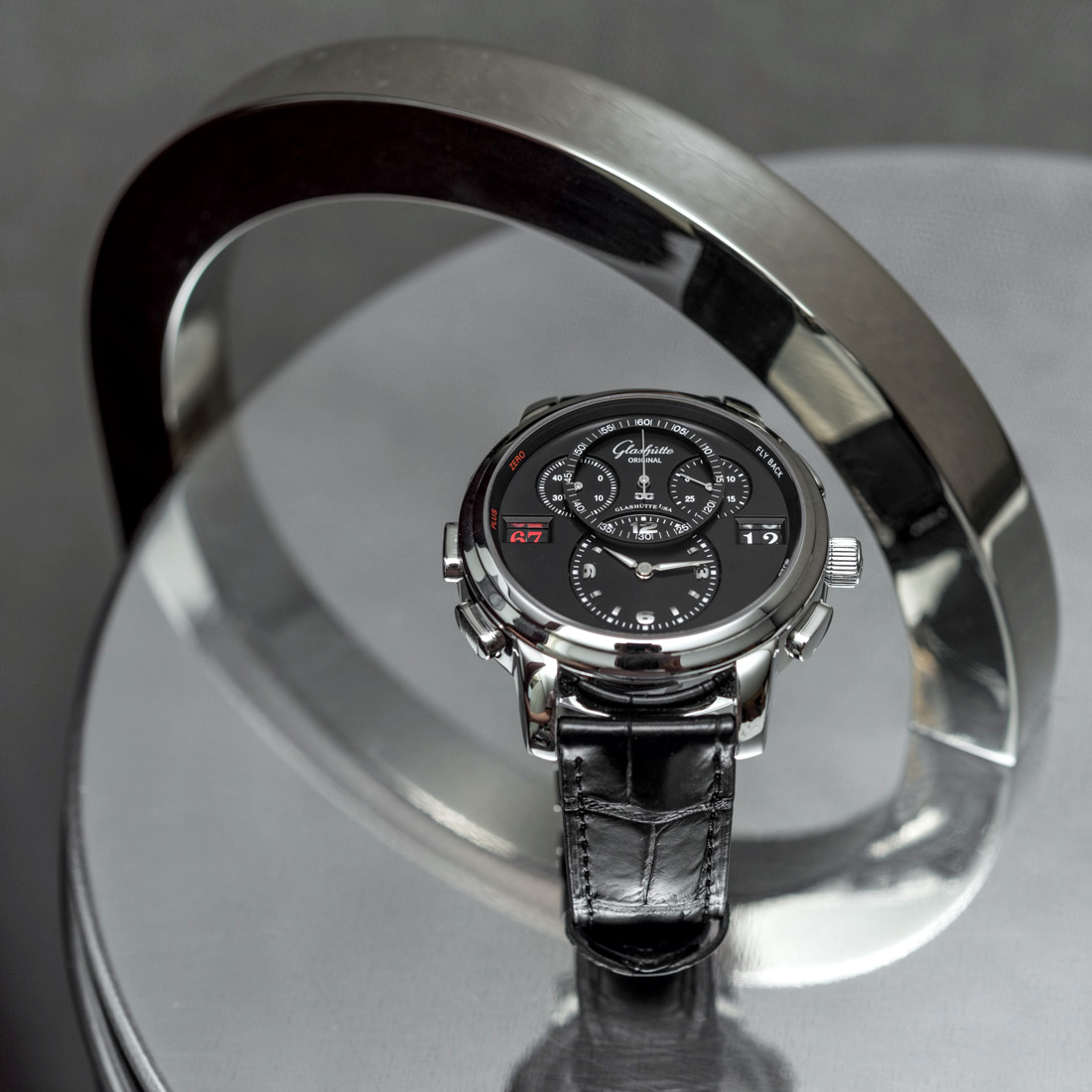
Further above: the recently refined Senator Excellence Perpetual Calendar; Above: the one and only PanoMatic Counter.
As such, the Glashütte Original design language has been consistent since the brand’s 21st-century revival: a highly functional, “less is more” approach finds expression in the brand’s tirelessly refined combination of innovative, yet useful functions and distinct, yet puristic design. Connoisseurs love the Saxon manufacture’s timepieces for its aesthetic clarity and ease of operability. A case in point: the recently introduced Senator Excellence Perpetual Calendar (more details here), or, for a more unique but highly useful complication, the PanoMatic Counter.
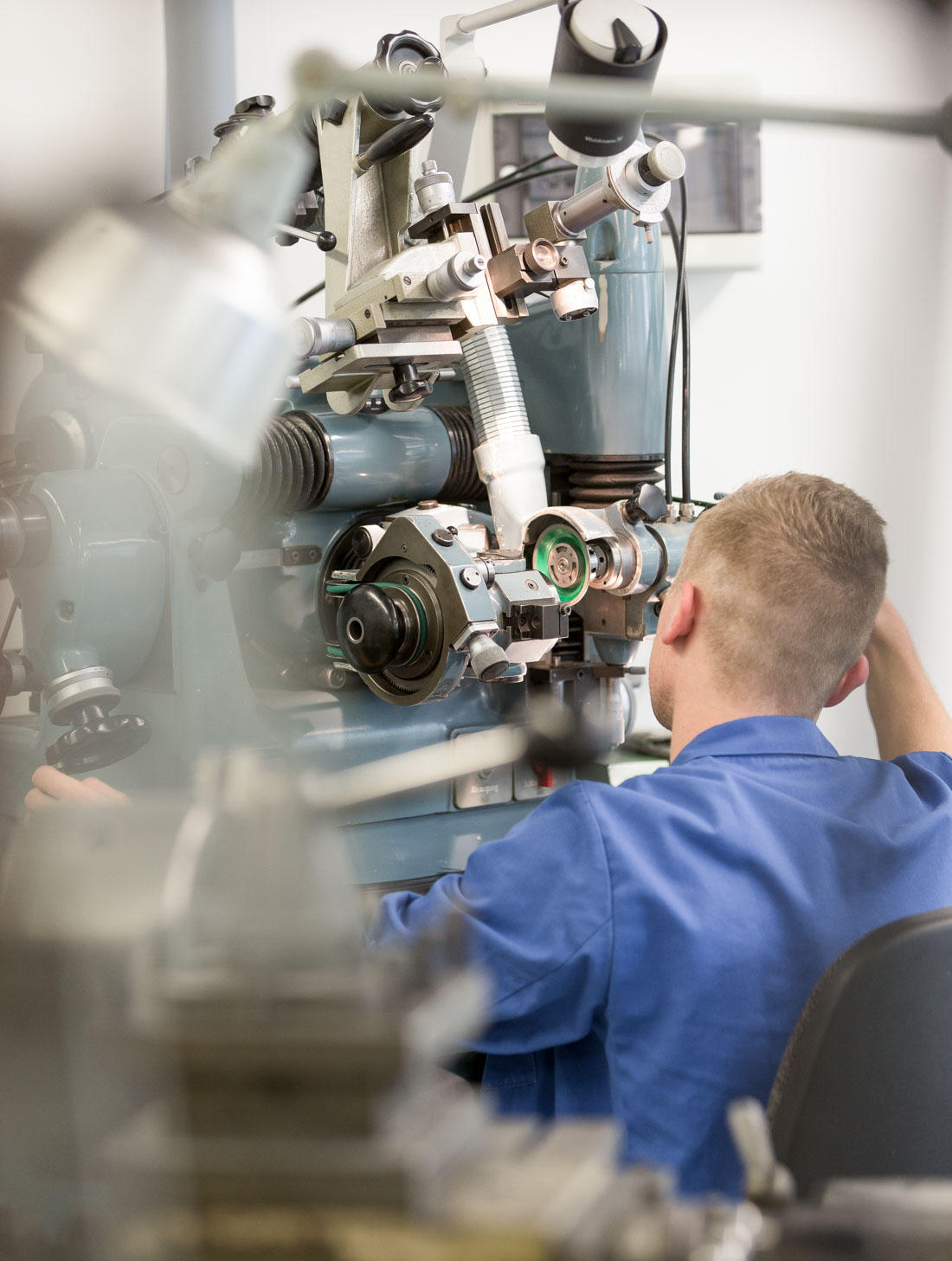
A Tour Of The Manufacture – Toolmaking
The tour begins on the ground floor where all the heavy machinery can be seen and, once entering the thick-walled and well-insulated rooms, heard in operation. Something that started as a necessity during GDR times has become a tradition carried on into the present. Today, Glashütte Original has one of the finest toolmaking divisions in the German watchmaking world.
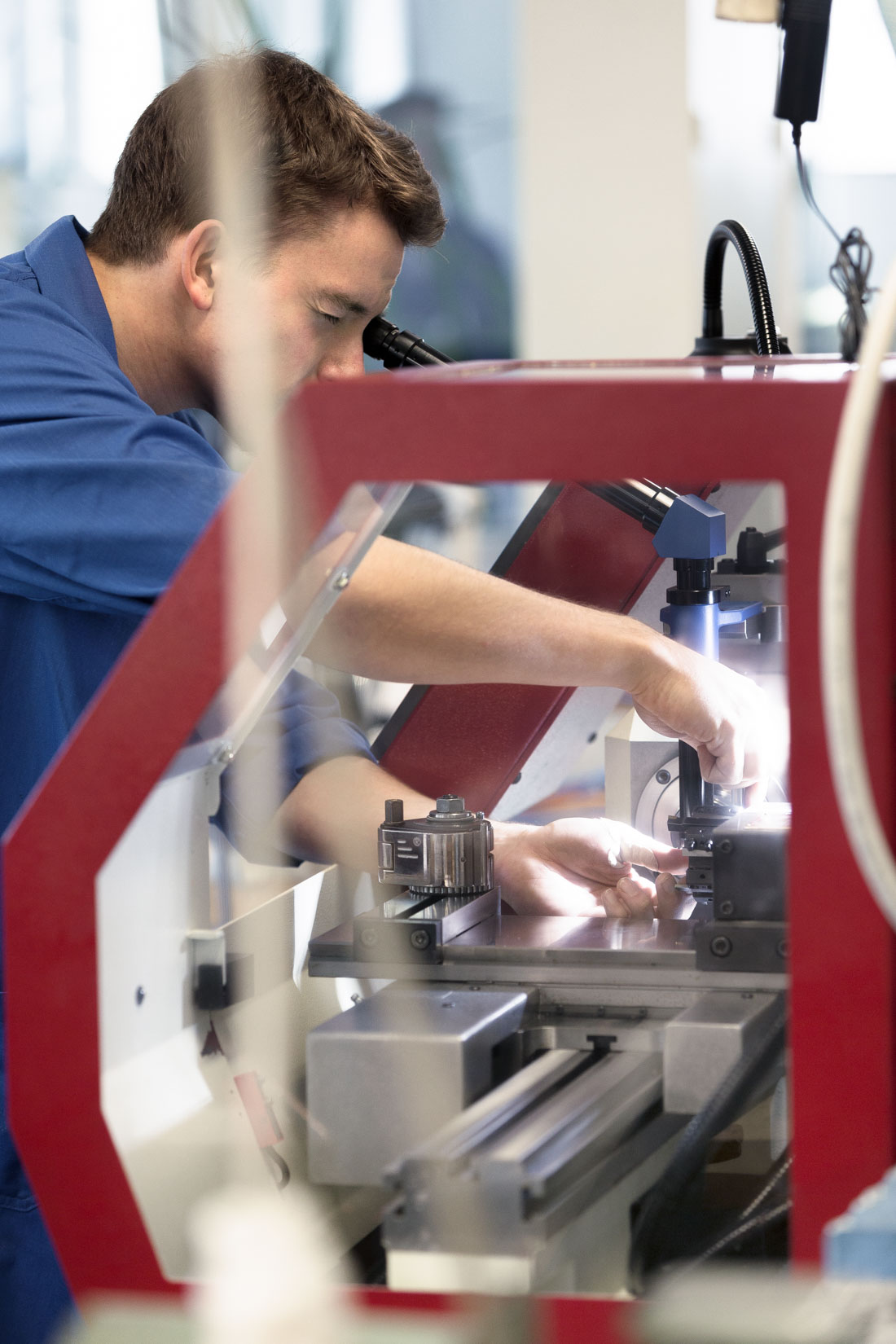
The toolmaking department currently employs 17 people, a mix of workers from the “old days” as well as the younger generation who has joined the brand after graduating from its training program. In this unique division, specialists work together to create the various individual support devices, plates, components, and tools needed to craft all those specialized parts that will make up a fine watch. When we say “tools,” of course, we are not only referring to screwdrivers and wrenches but also the specialized parts that are fitted to the machines to help manufacture parts.
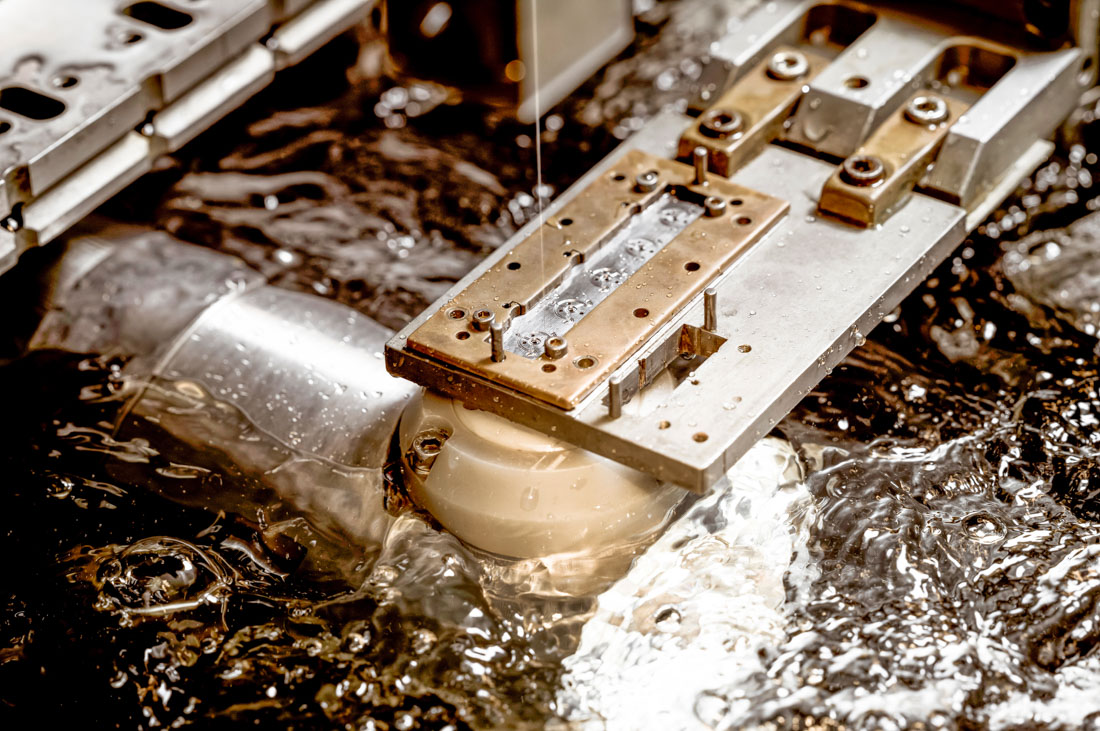
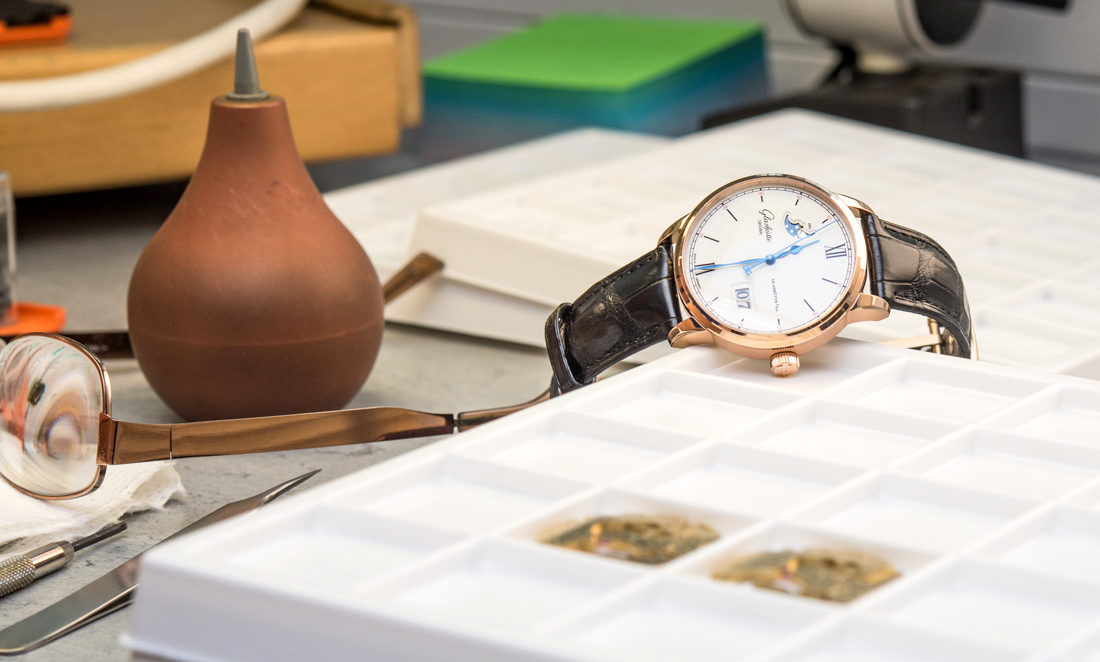
Having such an extensive and heavily investment-reliant department gives Glashütte Original a unique freedom and flexibility to produce small quantities of precision tools quickly and independently of external suppliers. In practice, what this freedom results in is a manufacture that can, first, dare think of bold, new, and innovative features; second, produce the unique components to realize such ideas; and, third, make watches exactly the way it wants them to be. Relying on specialized suppliers largely hinders this process as turnaround times and fine-tuning of such special orders are more often than not impossible to work with on a regular basis.
In-House Production Of Individual Components
While small, filigreed parts such as the typical swan-neck spring, certain levers, or the tourbillon cage are made by “spark erosion,” the bigger individual parts such as the base plates and bridges are made with CNC machines. The latter are highly sophisticated, state-of-the-art machines that step by step select one tool after another from a tool spindle, selecting and utilizing the correct one from up to 90 available tools.
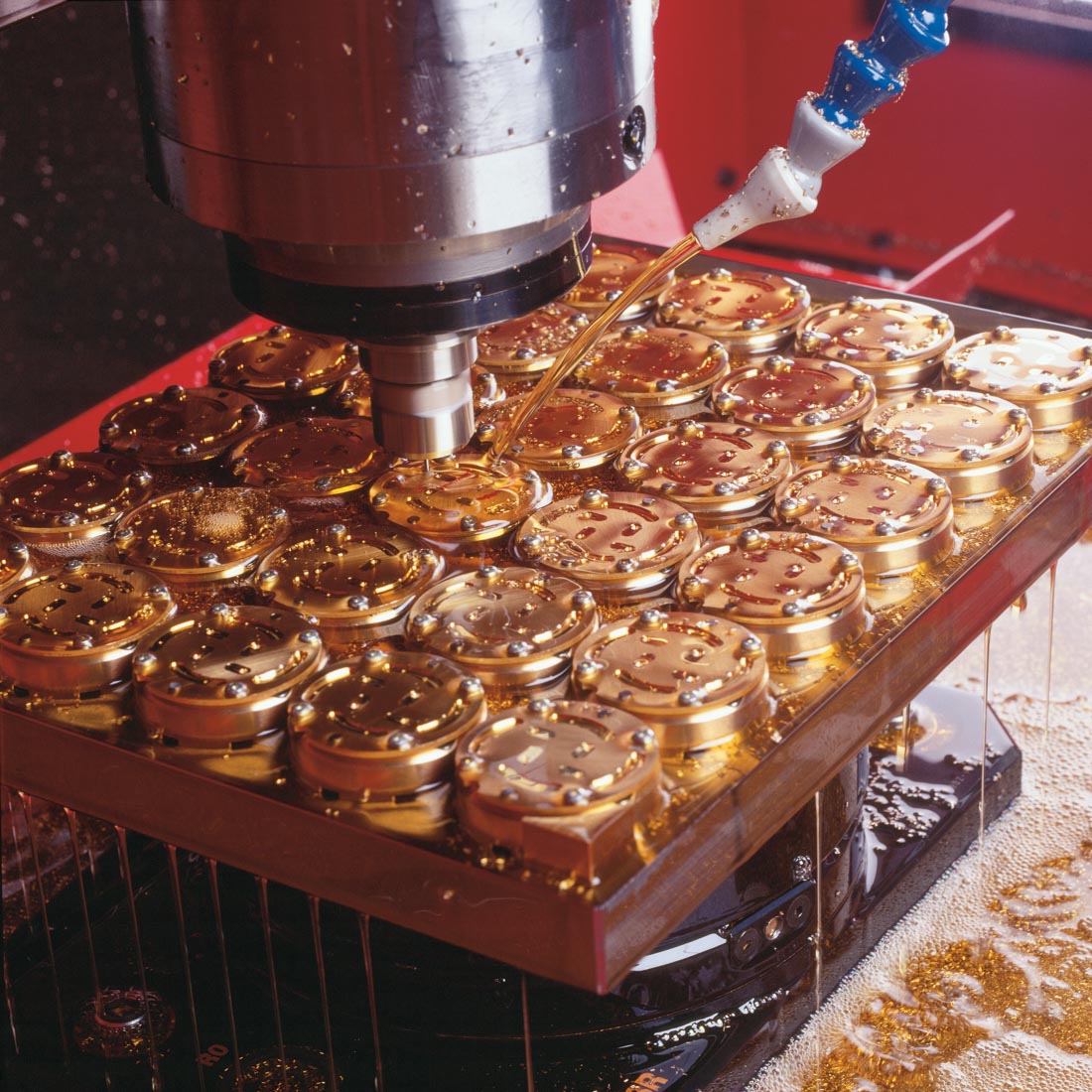
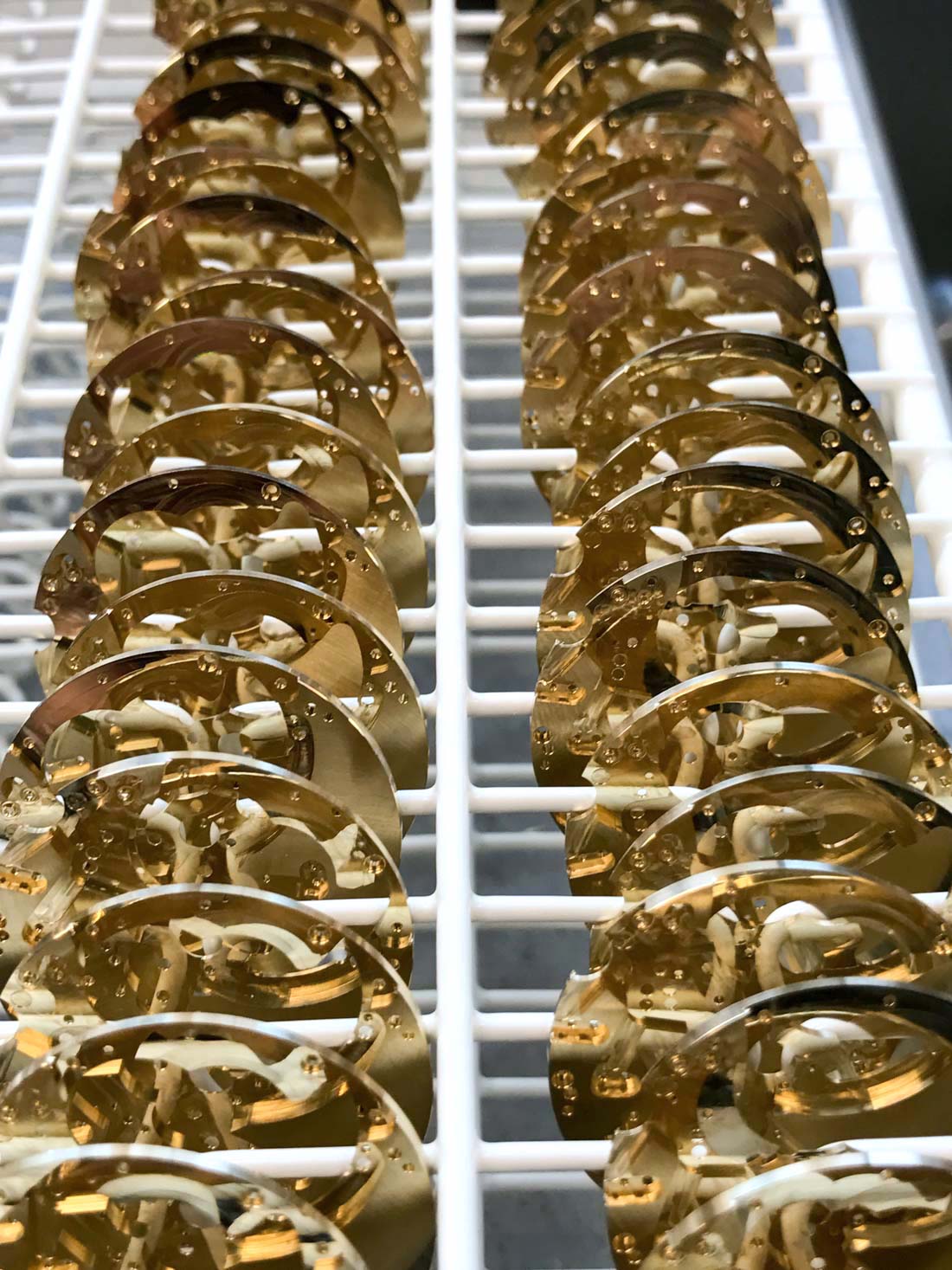
While the CNC machines perform their tasks in a completely automated way, operator interventions and fine-tuning are frequently necessitated. On a base plate of average complexity, up to 80 parameters are checked with micron-accuracy. To give you an idea of the accuracy required, the drilled holes that will hold the jewels to secure fragile pinions and shafts have to be manufactured with a tolerance of no more than 5 microns. That is 0.005 millimeters or 0.00019 inches.

